WEEK 40 ASSIGMENT
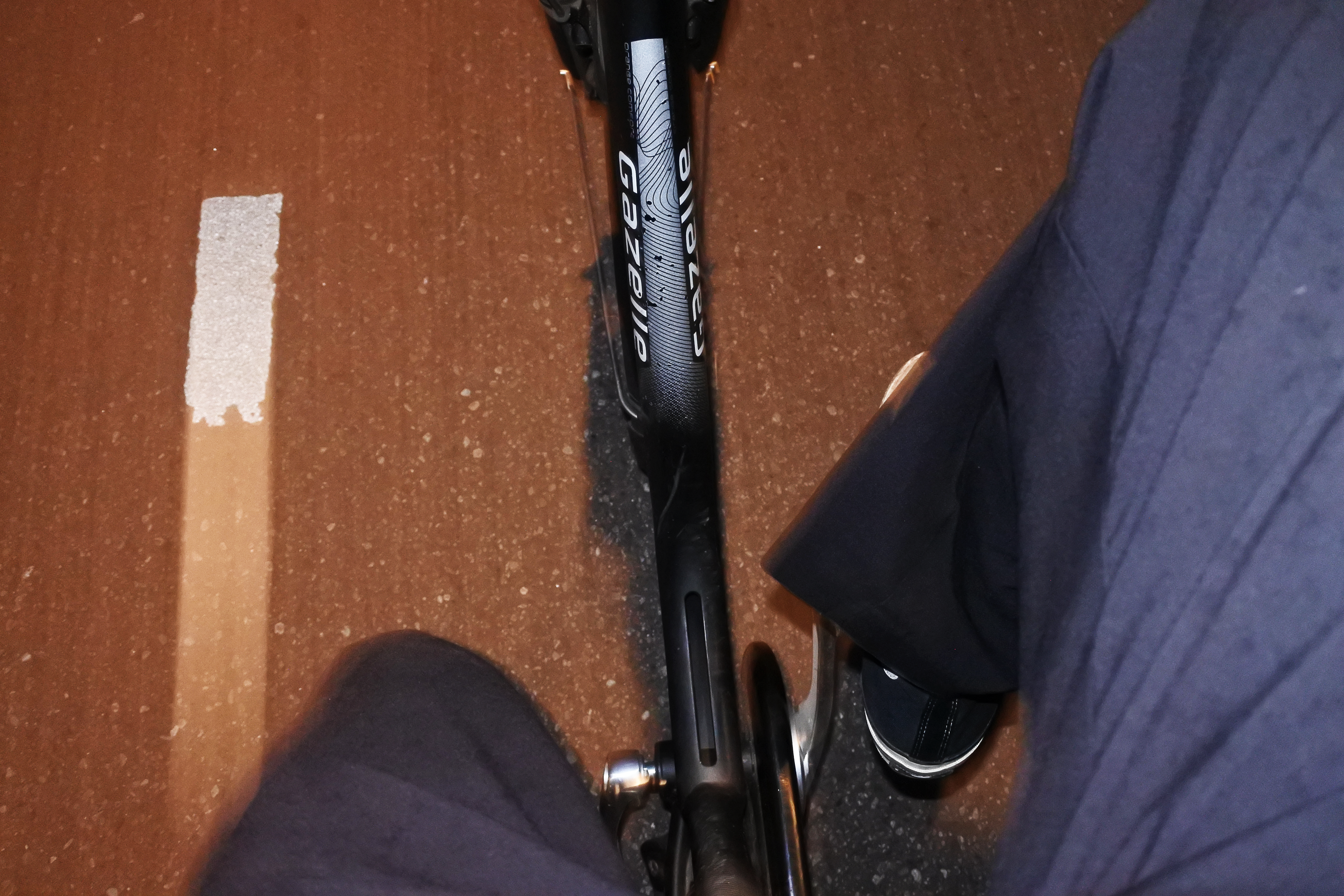
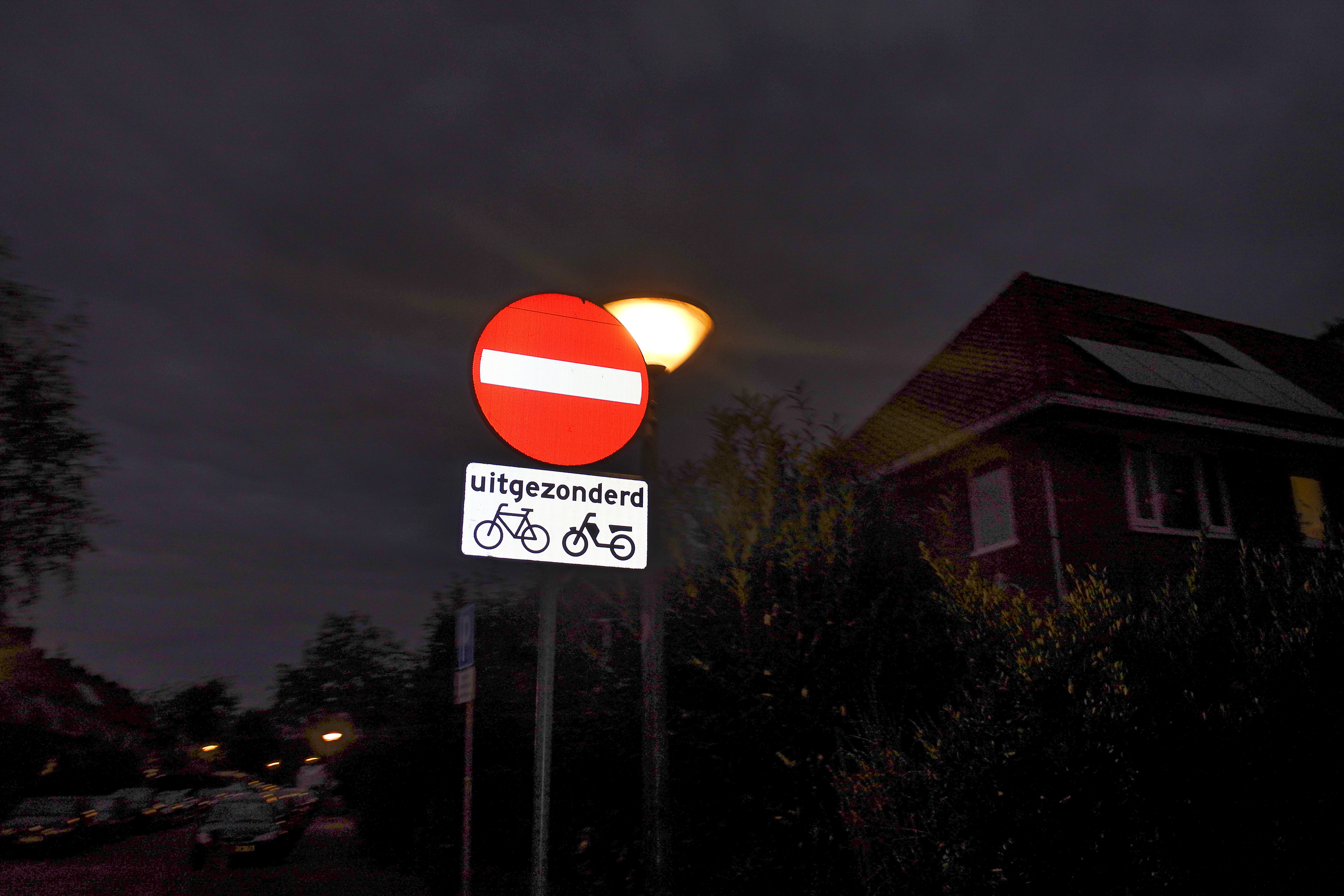
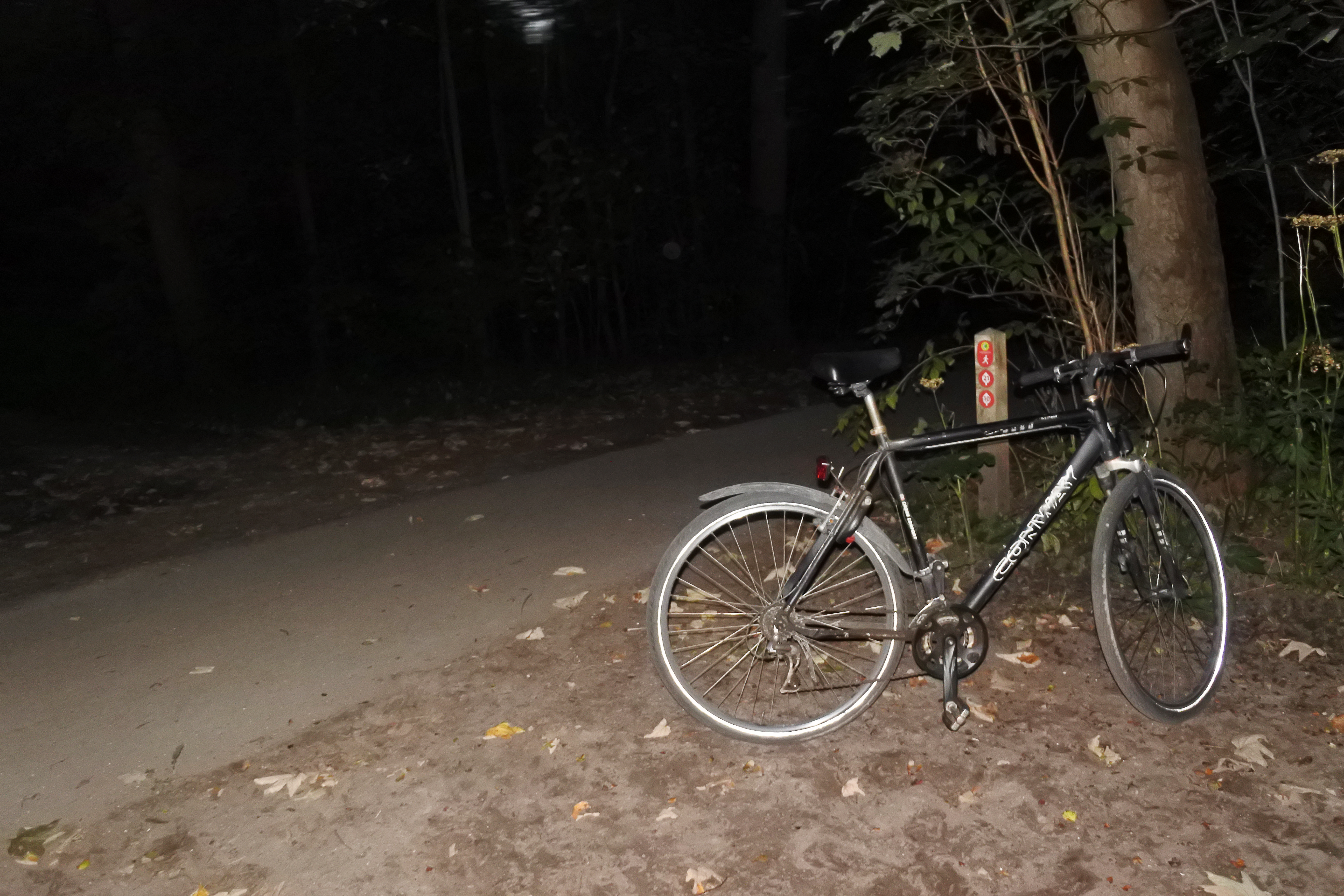
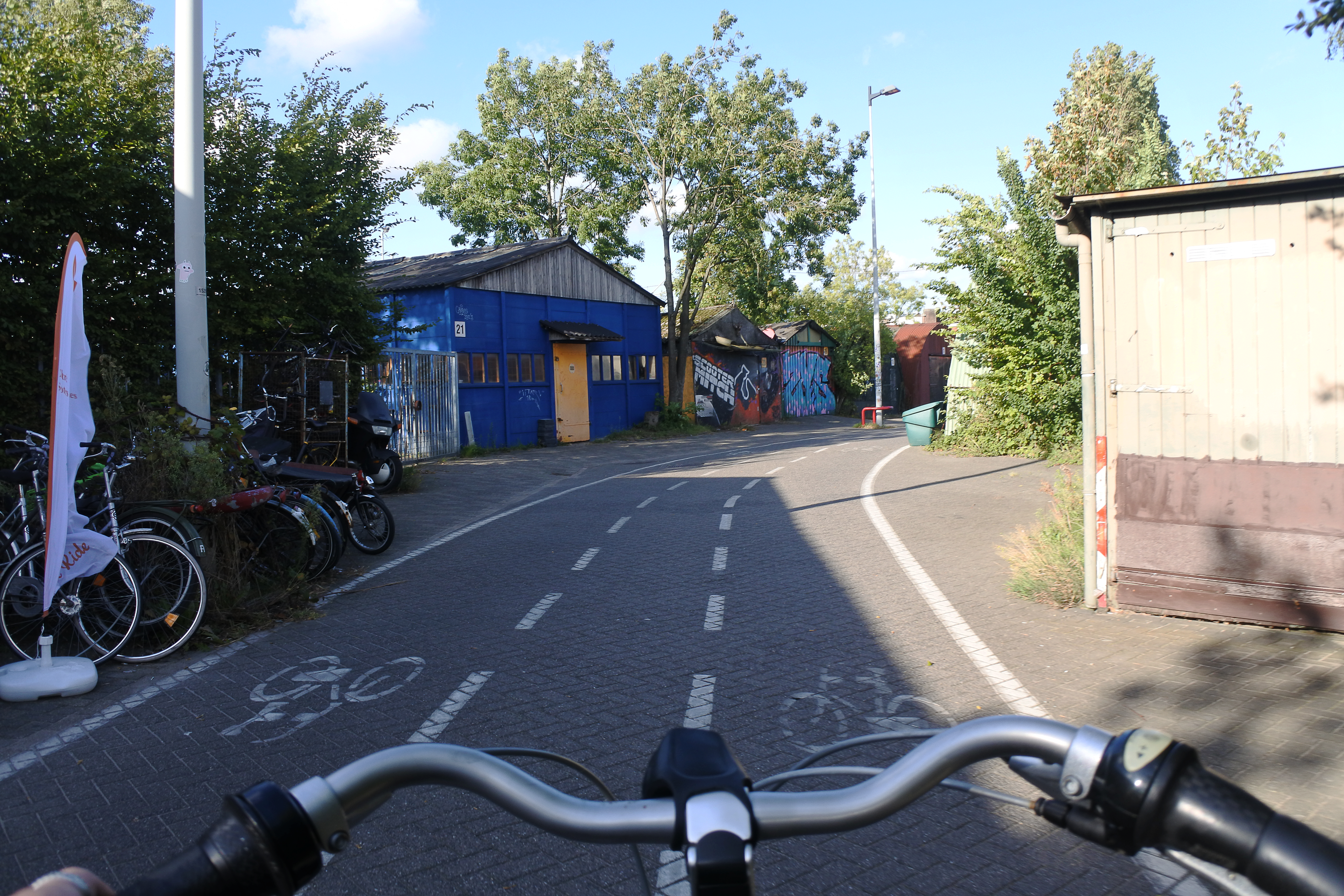
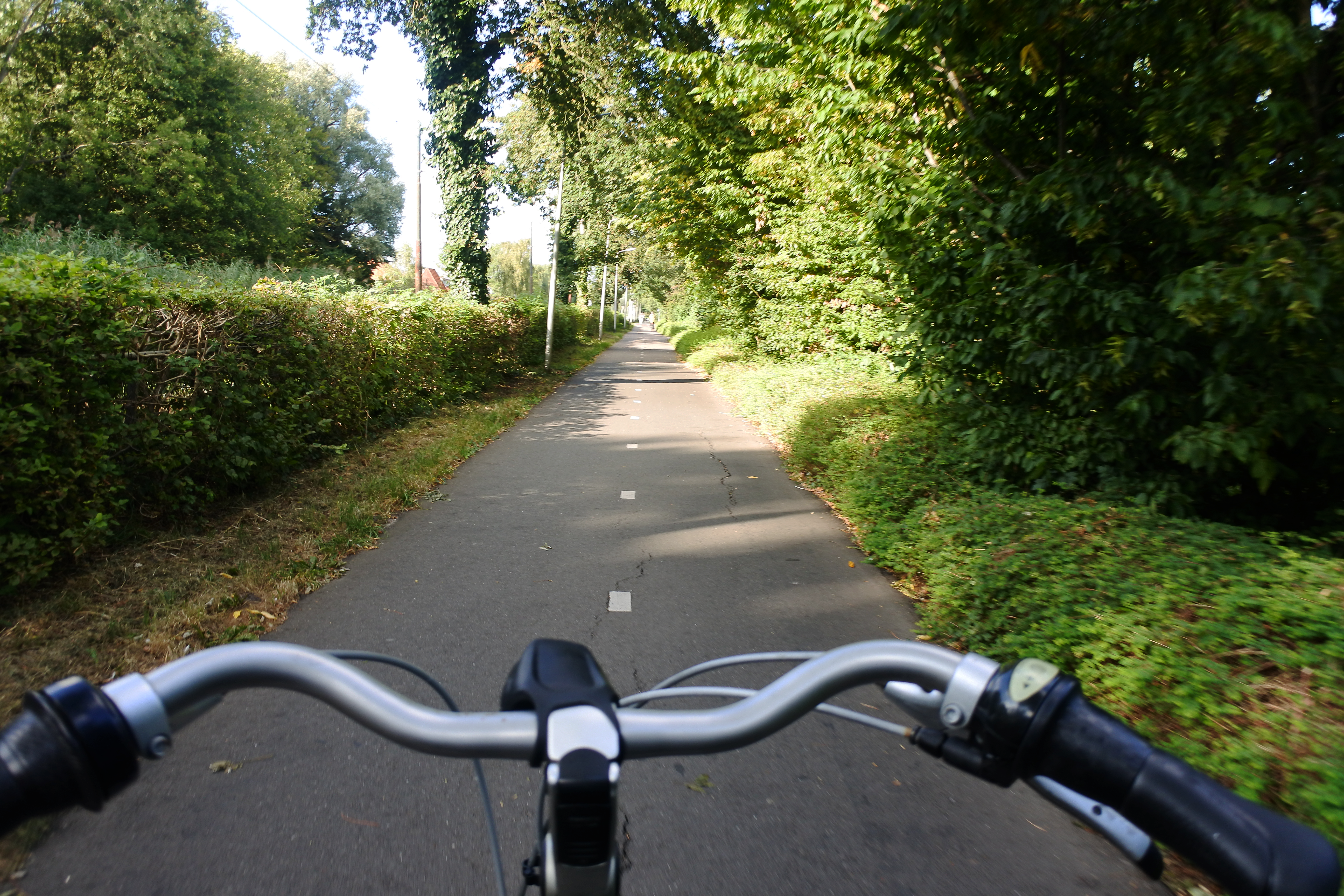

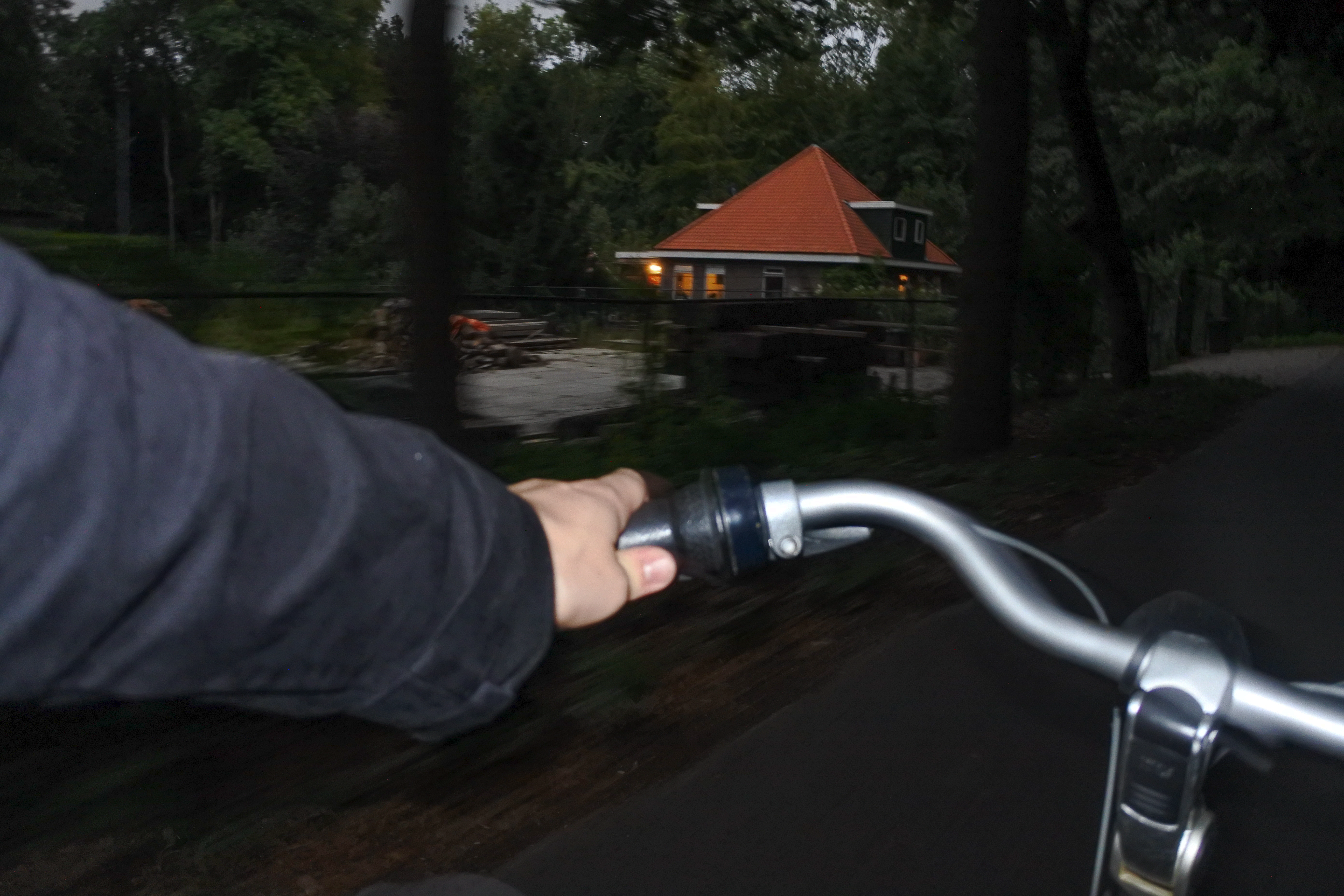
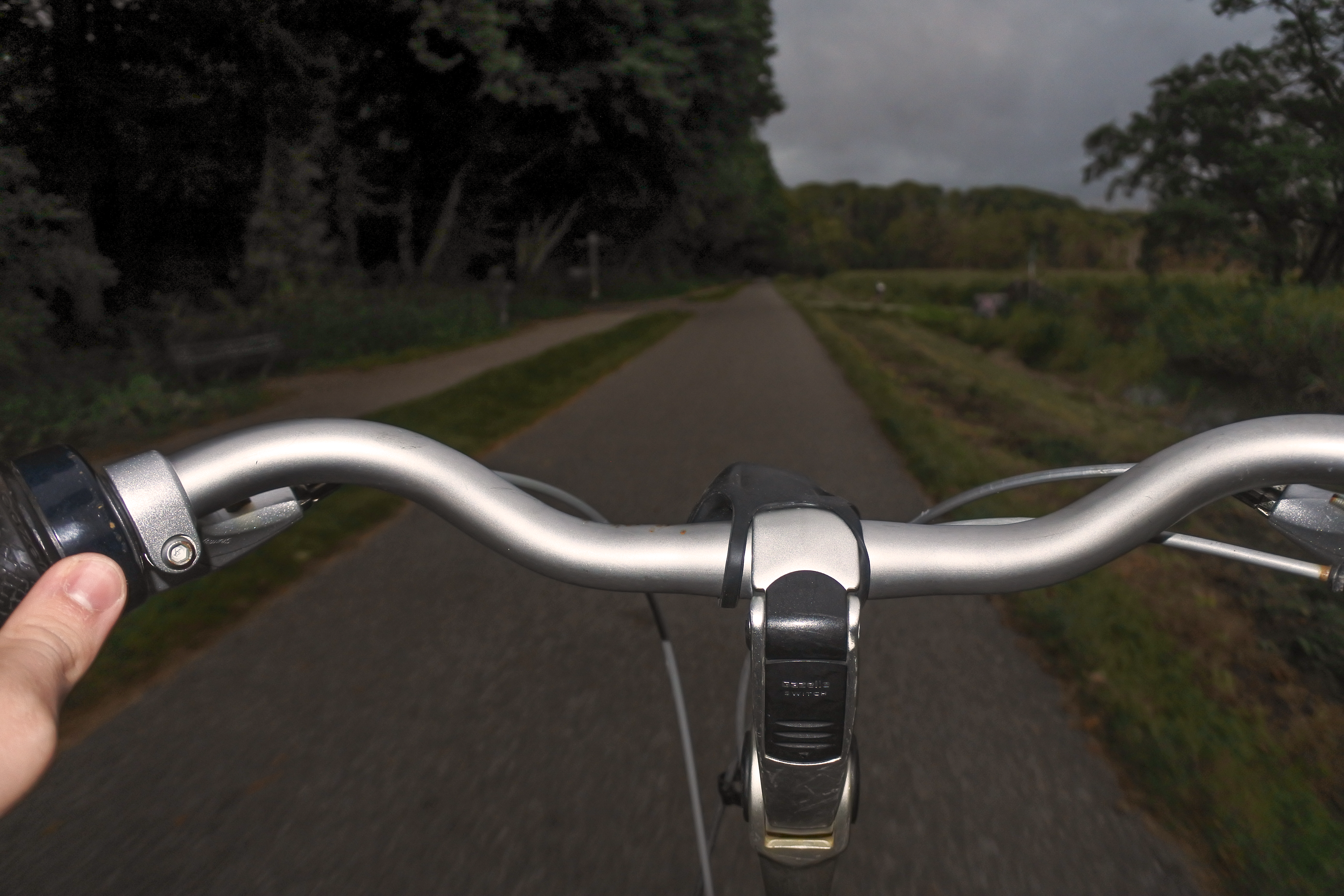
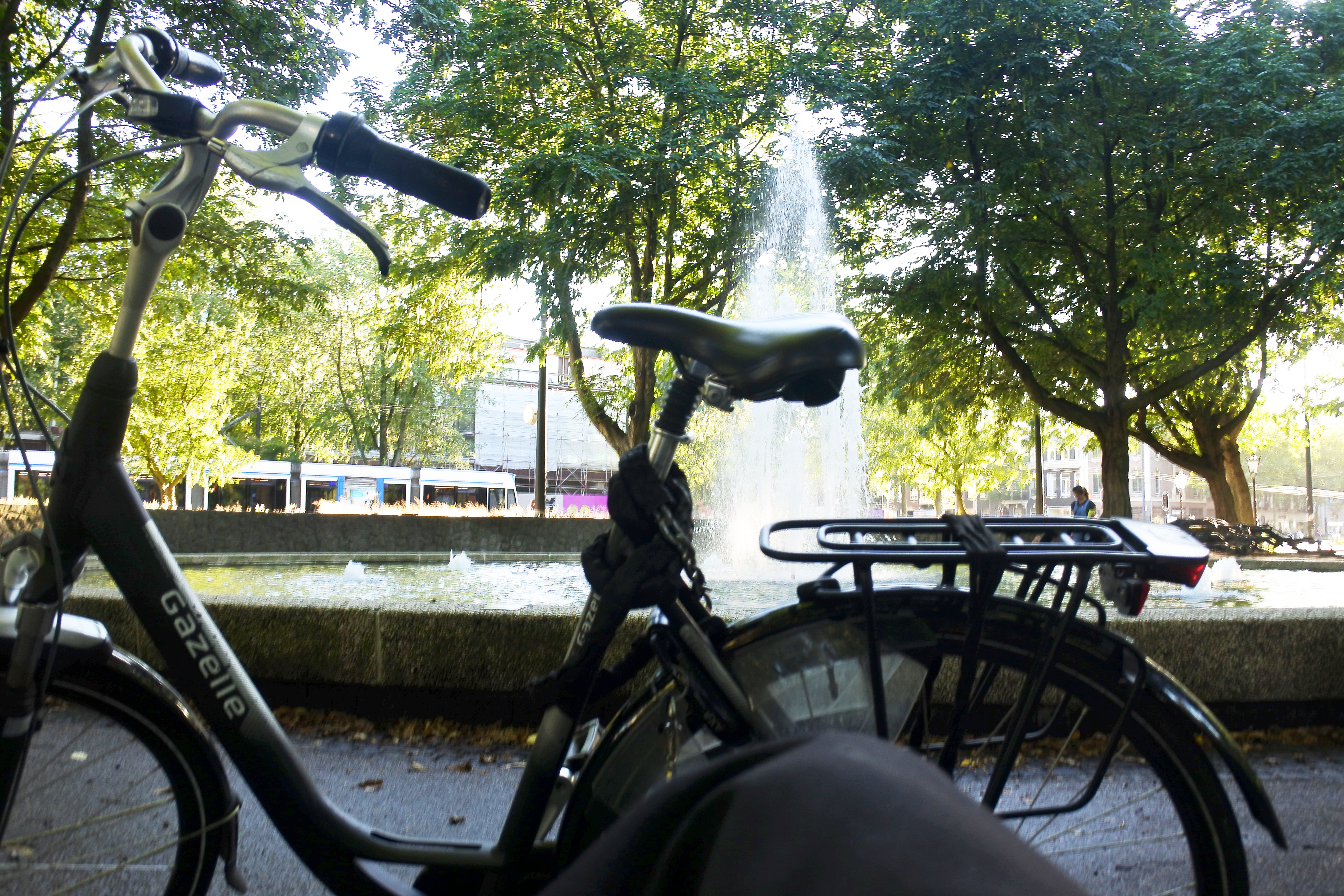
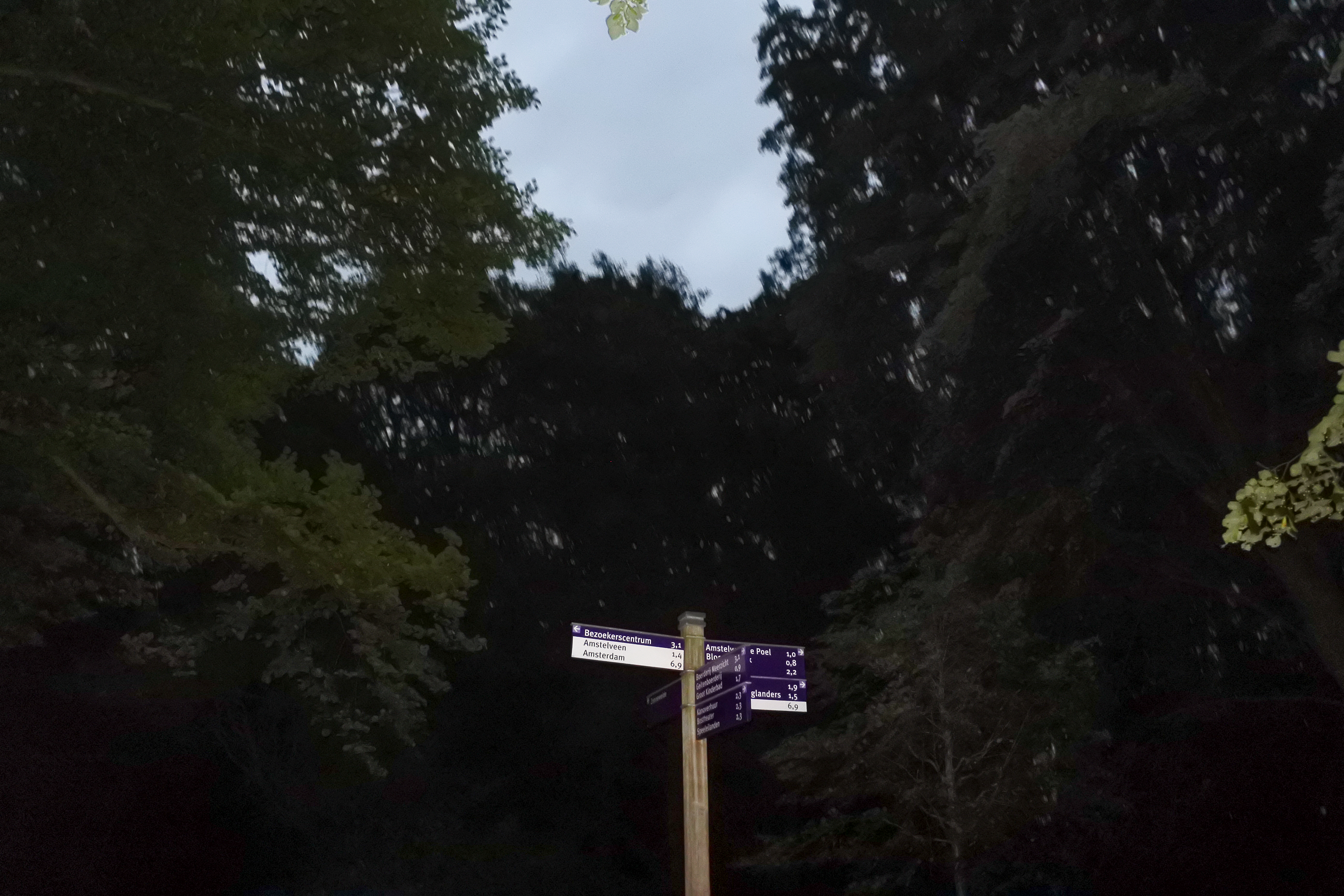
When I think of how my parents treated travel and what they tried to teach me, I think about how they would encourage me and my sister to endure certain adversity’s. Either not to spend money on a bus ride even tough it was pouring. Or to make us realize what we already have regarding to our bicycles
My relationship with my bike has its ups and downs. Mostly because of Dutch weather, with the sun in my face and music in my ears it makes me feel like cycling is the best way to travel. But when it’s pouring and there’s a headwind which is a common weather condition in the Netherlands. It raises the question why Dutch travel is based around ciclyng. Doing groceries, going to see family or recreation are common things the Dutch do by bicycle
Something I learned in my high school career and something my parents so eagerly tried to teach me Is that first world problems shape a lot of how much we're able to enjoy life. When I stopt complaining and started enduring the Dutch weather conditions It got easier to stop the complaining about other things as well. Therefor dutch cycling culture is a very personal thing to me that over the years has shaped me and taught me a lot in certain ways
I created a photography series about the bicycles impact on comfort which I chose the POV framing so the series would be an experience rather than still photos. Cycling from Amstelveen too Amsterdam is a very special route for me, it showcases (shows) the contrast between nature and the busy city life very well and how close together they truly are.
Object: Bicycle
Documentation: Photo series
WEEK 38 ASSIGMENT
A
A
B
B
C
C
WEEK 38 ASSIGMENT
WEEK 39 ASSIGMENT
A
B
D
D
Artist: CHIKA
Work: Song + Videoclip
Song: Can't Explain It
Source: From the internet
The song is about a girl she met at a party and she is really impressed about her and she can’t explain why and how. The videoclip put an LGBTQ spin on one of her favourite sitcoms, A Different World, and had black, queer love at the forefront.
First of all i really like CHIKA’s music and i think she is really good. She is a black queer woman who is committed to more diversity and focuses on body positivm.
To the gaytimes: ‘‘As a queer black woman raised from immigrants, my entire existence is political, For me to have a platform and be like, ‘Oh, I don’t do politics because that makes people uncomfortable’ is tone deaf to people who have to be political.”
She is aware that she can use her platform and with this platform she can really learn me about her feelings and way of thinking as a queer black artist.
Material: A conversation between djiggy dje who’s parents came to the netherlands from indonesia and Ewald Vanvugt a dutch writer and photographer.
The episode: Ewald Vanvugt has been advocating a radical revision of colonial history for more than 30 years. He wrote several books about the colonial history of the netherlands in Asia. Especially focussing on Indoesia, the country where Djiggy dje his parents are born. In this episode they talking about the knowledge they both have and why the dutch written history should make a change.
Source: From the internet and my cultural history
In the conversation they both coming up with good arguments and talk about their experiences with these themes. That’s why i chose for these podcast and it thought me a lot and let me think differently about my own dutch history.
Public/Community: Verdedig Noord in collaboration with United Painting
Art Work: 7 victims of racial violence in the United States and the Netherlands have been portrayed.
Where: spotted at the tolhuistuin in Amsterdam noord
Source: From memory and From the street
I chose this piece of art because first of all it is made by a community. ‘‘Verdedig Noord’’ is committed to ensuring that there is not much genterfification in the district and that many current residents and that the area stays diverse as it is right now. Also the message of the art work is really powerful and the confrontation for people being created is really good. I have passed by several times and it made an impact on me.
Artist: Robert
Disability: Down Syndrom
Art work: Feeling save at home
Where: House of Matthijs a good friend of my
Source: Memory
I don´t have any information about the artist only that he lives with the down syndrom. I always saw the painiting at a friend and I think its a really cool painting.
WEEK 40 ASSIGMENT
WEEK 39 ASSIGMENT
Start
Start
Start
PRACTICE
PRACTICE
PRACTICE
MELROY ENGEL
MELROY ENGEL
MELROY ENGEL
Inclusivity for me is about living with each other and accepting each other's way of life in it. Inclusivity can arise if we as people listen to each other and dare to open up to each other.
I think it is important that we listen to each other. Because by listening to each other you can learn from each other and understand each other's needs and visions better. Starting a conversation is also very important and giving people the opportunity to tell their story. Because if we can hear the stories, we learn to understand each other better and we can take each other into account. After having had the conversation and listening to the needs and desires it’s important to bring these into practice.
Why I chose this theme?
Having witnessed people unwillingly and willingly blind to the disadvantaged position of excluded individuals and try opening their minds and realize the injustice of exclusion.
They had the idea that those people with a different background made school a problem. This was because they thought in stereotypes. For example, that there were criminals and thieves at my school because there were many students with an Arab background, Turkish, Moroccan, Egyptian, etc.
I always felt angry about that. That they thought I was in a bad school, when I totally disagreed. I felt incomprehension, anger, being uncomfortable, having to defend something and living in two different worlds. After all, I was the one who went to school there and knew what it was like, why did she believe the stereotypical stories that were not true and not what I told them (Of course not everyone around me thought that way)?
How did i grow up?
My family consists of a father, a mother and a sister who is three years younger. I was born in Amsterdam, Amsterdam West to be precise in Osdorp de Aker. I lived there until I was eight. What I can remember from that time is that I often played football outside and playing hide and seek. As many people know, Amsterdam-West is a very diverse place and all kinds of cultures live together. I can remember that the football field was always full and boys of all ethnicities played together. When I look back on this time, I realize that it was indeed very diverse, because as a child I was not involved in that at all.
I moved to Amstelveen at the age of eight. There I ended up in a new environment that was less diverse. As a child I didn't notice this very much until we had to make a choice for high school. I received VMBO kader advice and chose to go to a school with people from many different backgrounds and with roots in different cultures. I was often told not to go to that school because it is a ''bad'' school they would say. Judgment was made without any experience. Once I was at the school, I was still told that the school was not good, while I knew exactly how it was and that it was a very clear school with clear rules and a nice atmosphere. In those four years I have learned to deal with people from all kinds of different places in Amsterdam and Amstelveen and to accept that there are so many perspectives and that there is no such thing as right or wrong.
After VMBO I went to HAVO. Despite the fact that I learned a lot in my first high school, I really only had one best friend at school. As a result, I often didn't really know where I belonged and often didn't really feel at home anywhere. In high school I made new friends who shared the same interests as me. This made me feel more and more comfortable. My passion for fashion grew enormously and clothing became an outlet. Because of this, I decided to start at the AMFI after HAVO.
On the AMFI I discovered my creativity, which gave me a lot of self-confidence and I eventually chose to start this minor. I discovered that if I just try really hard and keep trying, I can actually create so much and anything is possible.
Download Lyrics: Blokken aan mijn been
Download the song
E
PERSONAL HISTORY
PERSONAL HISTORY
INCLUSIVITY FOR ME
INCLUSIVITY FOR ME
FAMILY HISTORY
FAMILY HISTORY
I've never actually asked myself what my family tree looks like. Unfortunately, I never got the chance to ask my grandparents how they grew up and what our family is like. I have never been super curious, it was only when I started this minor that I saw so many individual people around me who like to research their roots and where their grandparents come from. I never had to justify myself that I came from somewhere other than the Netherlands. I've always thought I'm just Dutch like most, I don't have such exciting stories. it made me realize that I don't know at all if I have a special story and that I know little about my family past. I want to start this research, in order to learn more about myself and my family.
CULTURAL DIVERSITY
CULTURAL DIVERSITY
INSPIRATION AND INTEREST
In my search as a fashion student for what I would like to do in the future, I discovered that I got the most energy when I was allowed to research people and their needs, the creation of communities through brands and the conversation about culture.
When I started this minor, I didn't really know what I was looking for exactly, except that I think I can and want to learn a lot about the topics we focus on in this one.
In the past few weeks I have discovered, among other things, that I have seen and experienced certain injustices, which made me realize that I think it is important that we learn to listen to each other and that people around me feel safe. That is why I chose the subject of inclusivity.
I have also discovered that I have never really delved into my family past and that I think this is a shame, but I do want to pick this up. I ask myself the question where do I actually belong. Which community do I belong to? I often don't feel at home in the community that I think I belong to, which is the white straight male. The stigma that surrounds this does not suit me and I have been looking for quite some time to where I belong. I often feel at home with only a few people and those are my friends and of course my parents. For example, I don't have a huge group of friends and sometimes I think that's a shame, but on the other hand I don't think it really suits me either. I have several smaller groups of friends.
I want to give myself the space to look for the communities where I feel most safe and how I can also make people feel safe around me.
INSPIRATION AND INTEREST
Family tree of my grandmother, my mother's mother. The Syperda family
Family pictures of, my mother's father. The Engel family
Unfortunately, I haven't taken enough time in the past few weeks to really start my research. In the next period I really want to start. I have already found books with photos and family trees, but because I haven't written anything about my thoughts about this I'll leave it at that.
In recent years my interest in culture and communities has grown a lot. I started to discover more and more where my inspiration comes from and where my passion lies. The desire for inclusivity and acceptance of each other, that comes very much from the areas of interest that I have. That's why I think it's important to share this too, so that you get to know me better and where my interests come from.
HIPHOP
FASHION
My affinity with hip-hop culture is very strong. I have been listening to the music from an early age and I am a fan of the artists. But I also immerse myself more and more in everything else that this culture brings. Movies, books, resistance, magazines and much more.
To me, hip-hop is super inclusive when it comes to the men in the culture. When I look around me, it doesn't really matter what you look like in hip-hop, hip-hop lovers are not bound to one color and that makes it a very diverse genre. Both in style and in public. Why hip-hop is not inclusive is because women and people of the lgbtqia+ community are still oppressed. It's hard to break through if you're not a straight man and lyrics are often unfriendly to women and lgbtqia+ people.
However, change is underway and progress is being made. One of my favorite artists Frank Ocean announced a while ago that he would also be attracted to men and you could say that he is one of the most respected artists in the scene with a very strong fan base. But there are plenty of examples of female and lgbtqia+ artists who today make the hip-hop landscape look rosy in my opinion.
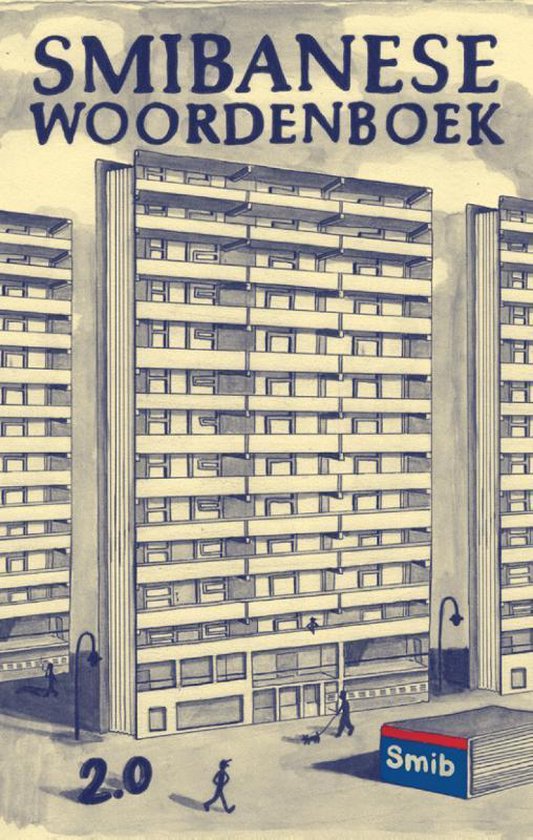
REFLECTION WEEK 39
E
A
B
Melroy - Blokken aan mijn Been
(Verse 1)
Is er licht aan het eind van de tunnel
Is het warm als je danst in de middel
Sta in vuur en vlam
Door alles wat danst
Want alles dat danst vannacht
De liefde werd gebracht, De liefde werd geschonken
Maar als ik het verlaat, Beland ik in het donker
Me lichaam zo zwaar, Me Spieren zijn gekrompen
Is het mentaal, Na zon komt donder
Gaat het om liefde
Opzoek naar vertrouwen
Een duik in het diepe
Van wie mag ik houden
(Hook)
Helemaal alleen, Met blokken aan mijn been
Ik wil vliegen naar de sterren, Maar toch zink ik in de zee
De Beloftes zijn gebroken, En me vragen zijn gemeend
Ja Wie komt mij hier redden, Voordat iedereen mij vergeet
2x
(Verse 2)
Als het zwaar wordt, Neem ik een noodstop
Ik verga niet, Maar ben doodop
Roept het noodloot, Wanneer ik ontspoor
Van deze trein, Geen bedenktijd
En ik kan het niet aan, Maar ik zet het niet uit
En ik weet niet wat ik voel, Maar ik voel het altijd
Ik blijf afdwalen, Steeds lager
De blokken worden steeds zwaarder
Ik moet diepgraven, Ik wil ontwaken
Uit deze droom, Het blijft doorgaan
Een achtbaan, Twee keer knipperen, Moet Link afslaan
Maar rechts was toch echt de uitgang
Nu is het te laat
Helemaal alleen, Ja Wie geeft mij raad
zijn ze het vergeten, De verantwoording die ik draag
Niet helemaal alleen, Want de blokken zijn daar
(Hook)
Helemaal alleen, Met blokken aan mijn been
Ik wil vliegen naar de sterren, Maar toch zink ik in de zee
De Beloftes zijn gebroken, En me vragen zijn gemeend
Ja Wie komt mij hier redden, Voordat iedereen mij vergeet
2x
I prefer to sing all day long. Writing music makes me disappear for a while in another world that I can shape myself in my head.
This is one of my favorite songs of mine, because I like the lyrics and the performance is right.
I often find it quite difficult to be proud of myself and to respond enthusiastically to others and myself. When I make music I always listen to it and I like to let others hear it. I listen to my own songs a hundred times. In those moments I manage to be proud of myself. it gives me a lot of energy and confidence.
ASSIGNMENT WEEK 41
ASSIGNMENT WEEK 41
Assignment
GROUP PROCES INCLUSIVITY
GROUP PROCES INCLUSIVITY
COLLECTING SOURCES
COLLECTING SOURCES
CREATING STATEMENTS
CREATING STATEMENTS
Our process was very chaotic. We didn't have a clear plan. So we went back to basics and figured out what inclusiveness means to us, both as individuals and as a group. We then looked for sources that reinforce these answers, in order to arrive at statements that allow us to design posters. I briefly explain a number of sources that I have found here and why I have chosen them. All our sources are incorporated in a common hotglue.
COLLECTIVE HOTGLUE INCLUSIVITY
Queer gym Rotterdam focuses on the individual so that every person feels safe while exercising. In this article they discuss their way of paying attention to members and why safety is so important. This source was the inspiration for the poster about beauty standards. Why do beauty standards revolve around expectations of society, rather than what the individual has to offer?
With our poster series we want to challenge and break through stereotypes. ''Our kind of people'' is an inspiring example of how this could be done. BAYETÉ ROSS SMITH is a multimedia artist who researches stereotypes and the influence of the media on our way of thinking. With this series he tries to point out how big the role of clothing can be on how we see someone and what associations we make with that clothing.
Canwen Xu Shares her own stories about she needs to live with stereotypes everyday. It really opened my eyes and learned new things. How you approach someone is very important and Xu sets clear examples that everyone should understand.
This documentary is one of the sources of inspiration on the poster ''How can men equal women if their feminine traits are considered less valid?'' It is about an investigation into why men do not show emotion and why this is bad. Because if men don't show emotion, they don't just have themselves with it. Because if you don't accept your own emotions, let alone accept other people.
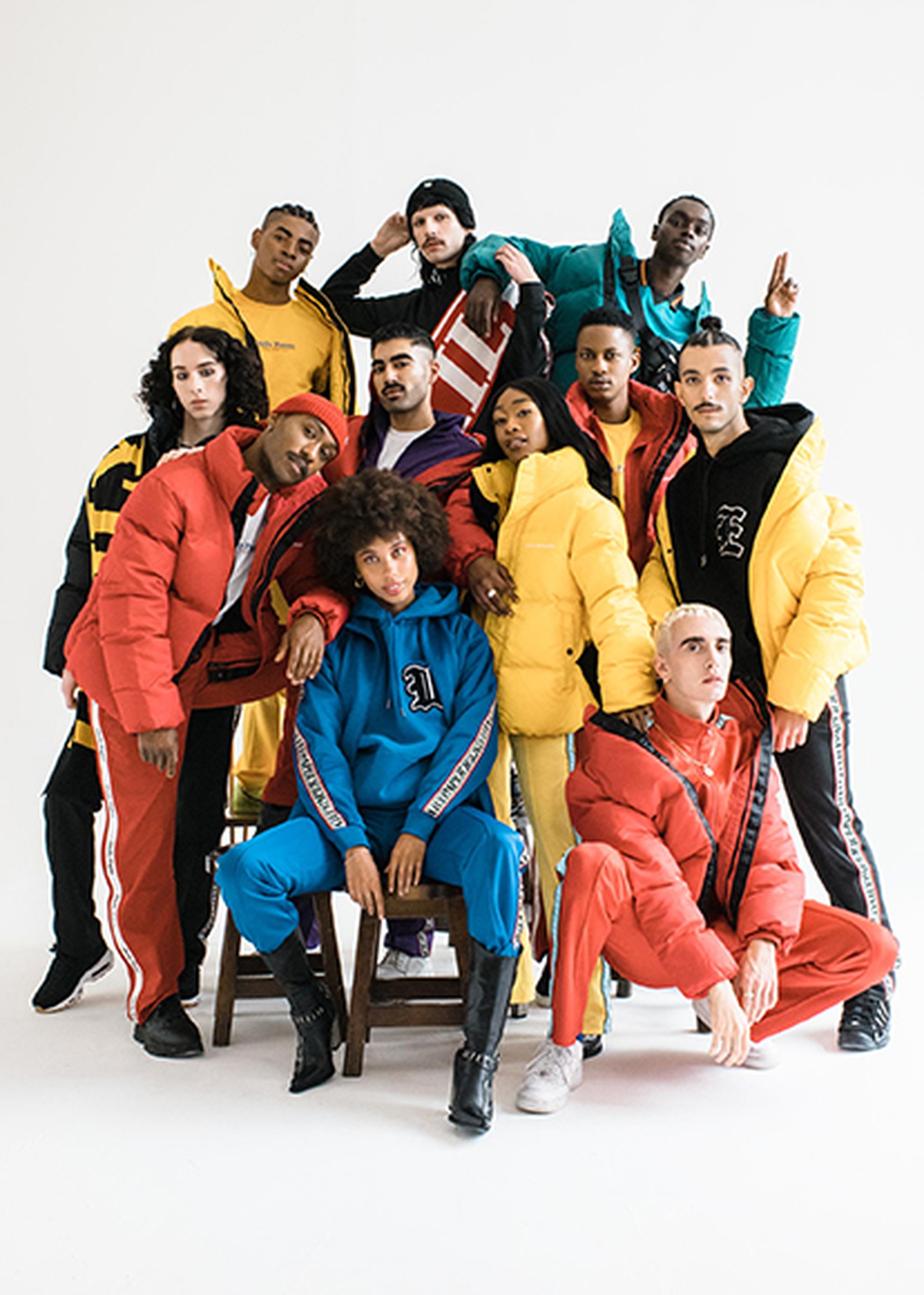
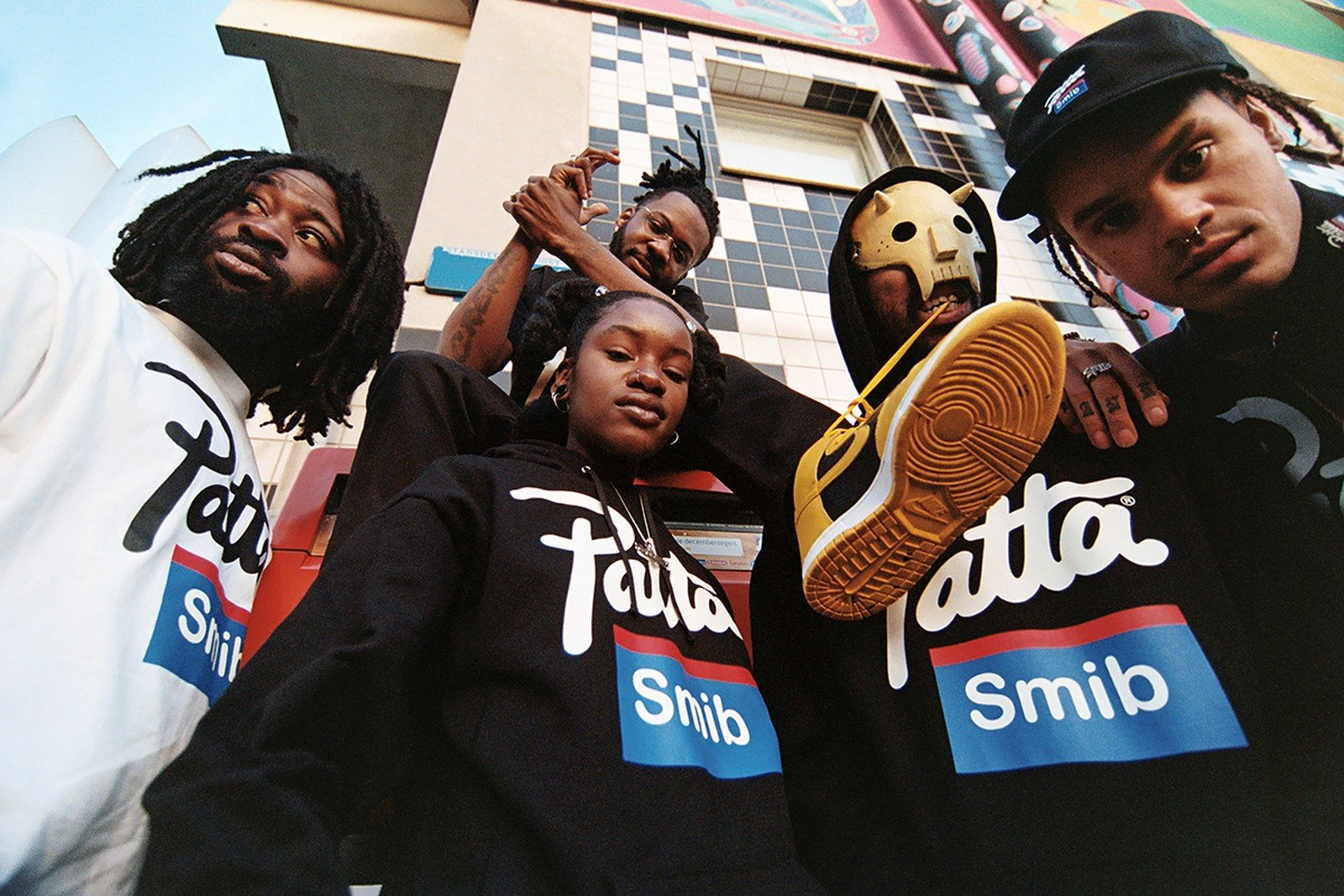
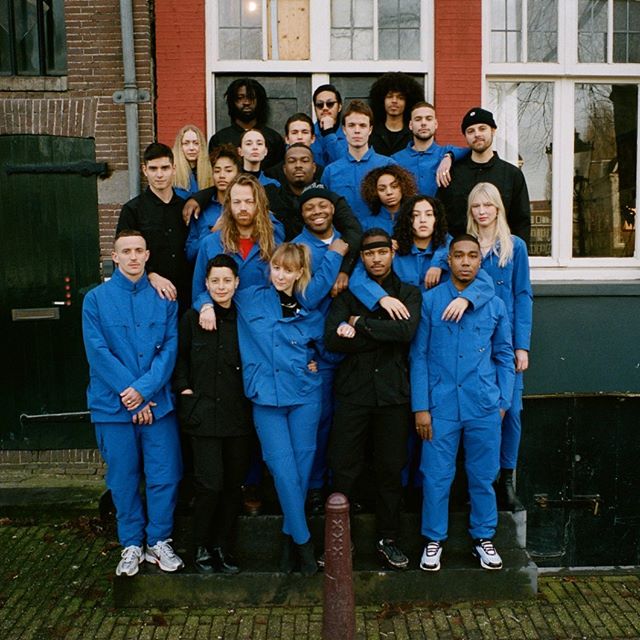
As a young teenager I never knew how to express myself and I often felt little connection with people around me. Also, I never felt comfortable with the way I looked and because of that I lacked confidence. Because I already followed a lot of hip-hop, I came into contact with small Amsterdam fashion brands such as Daily Paper, Bonne Suits and Patta. Meanwhile, these brands have grown into global well-known brands. I really felt a connection with the clothes she made because they move as a collective. They do not believe in an individual but from a culture. By wearing the clothes of these brands, I felt part of a bigger whole. These brands were an introduction to my love for fashion and since then I have followed the industry closely and decided that I also want to work in fashion.
Brands that create communities inspire me the most, because they arise from a community and also give back to the community. It doesn't feel commercial and it's about more than just selling clothes.
Concept 1: Magazine
Our first idea is to make a magazine. This magazine focuses on inclusivity and marginalized communities in the Netherlands. But here we can go in many directions and everyone can focus on his/her interests. We could write articles, make poems, photo series, work with illustrations, conduct interviews and show our graphic skills. It is also possible to focus on different topics such as education, activism, fashion, gender, art, roots, inequality and much more.
Concept 2: Telling untold stories
In our second idea we would like to make a combination between stories from marginalized communities and our own experience with these communities. For example, we would like to interview people and thus offer them the opportunity to tell their stories. Stories not yet told learn about their view of society and how they experience inclusivity. We could then write poems and short stories about this and let it form into a booklet. This can be a difficult idea because of course you are making something from a community that you are not part of, and so we are not then maybe the one who should tell their stories.
Concept 3: Cookery book
Our third concept is to make a cookbook in which we want to bring together as many different cultures in the Netherlands as possible. Worldwide, a huge number of cookbooks are published, books containing recipes from all kinds of cultures. Nobody really cares about this and a lot of people find it interesting.
The kitchen is perhaps the first place where we dare to experiment with cultures we are not familiar with. A cookbook is all about getting to know new dishes and it serves as a safe place where you are given the space to do so. Because of this we believe that food creates connection and acceptance. Yet there is also an atmosphere in the Netherlands of "what the farmer does not know, he does not eat" and we have the feeling that more divisions are developing in the country.
We therefore want to use a cookbook as a metaphor to connect people and let them take a look at the different cultures that exist in the Netherlands. Our ideas are, for example, linking dishes tocultures and thus providing information about the culture. Or mainly just use the layout of a cookbook, so how recipes are writ ten becomes our writing style, how we can work with photography and making illustrations.
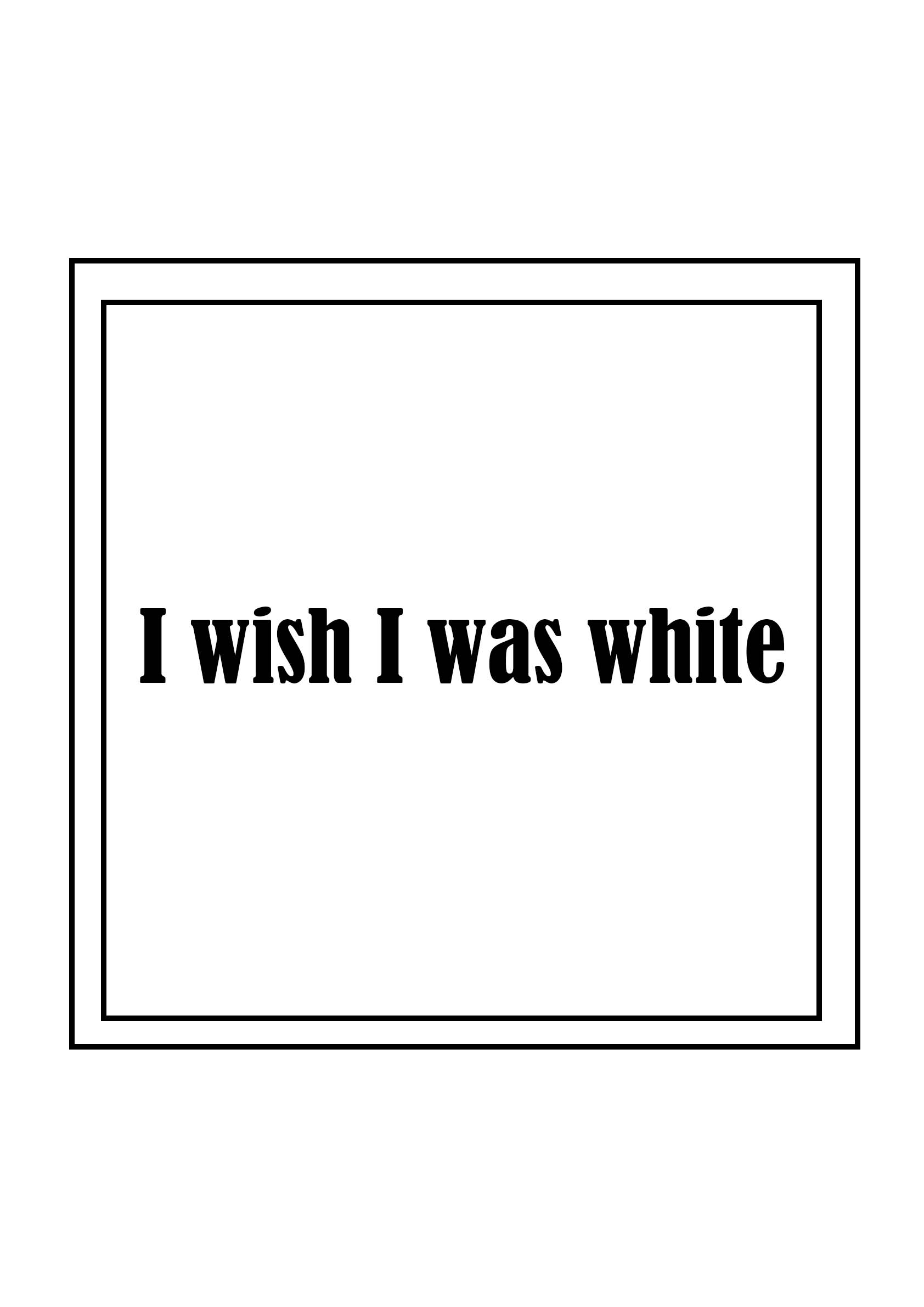
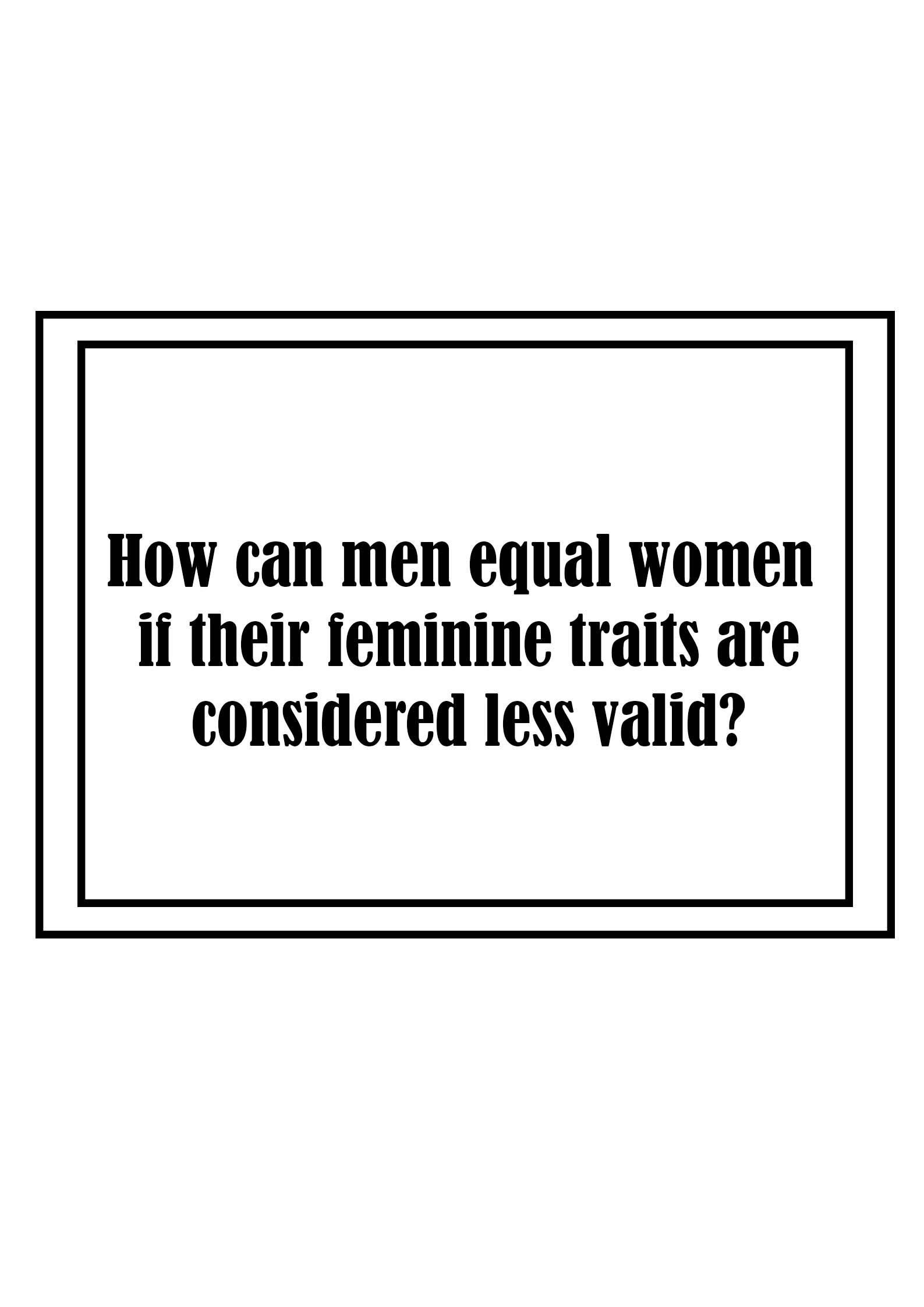
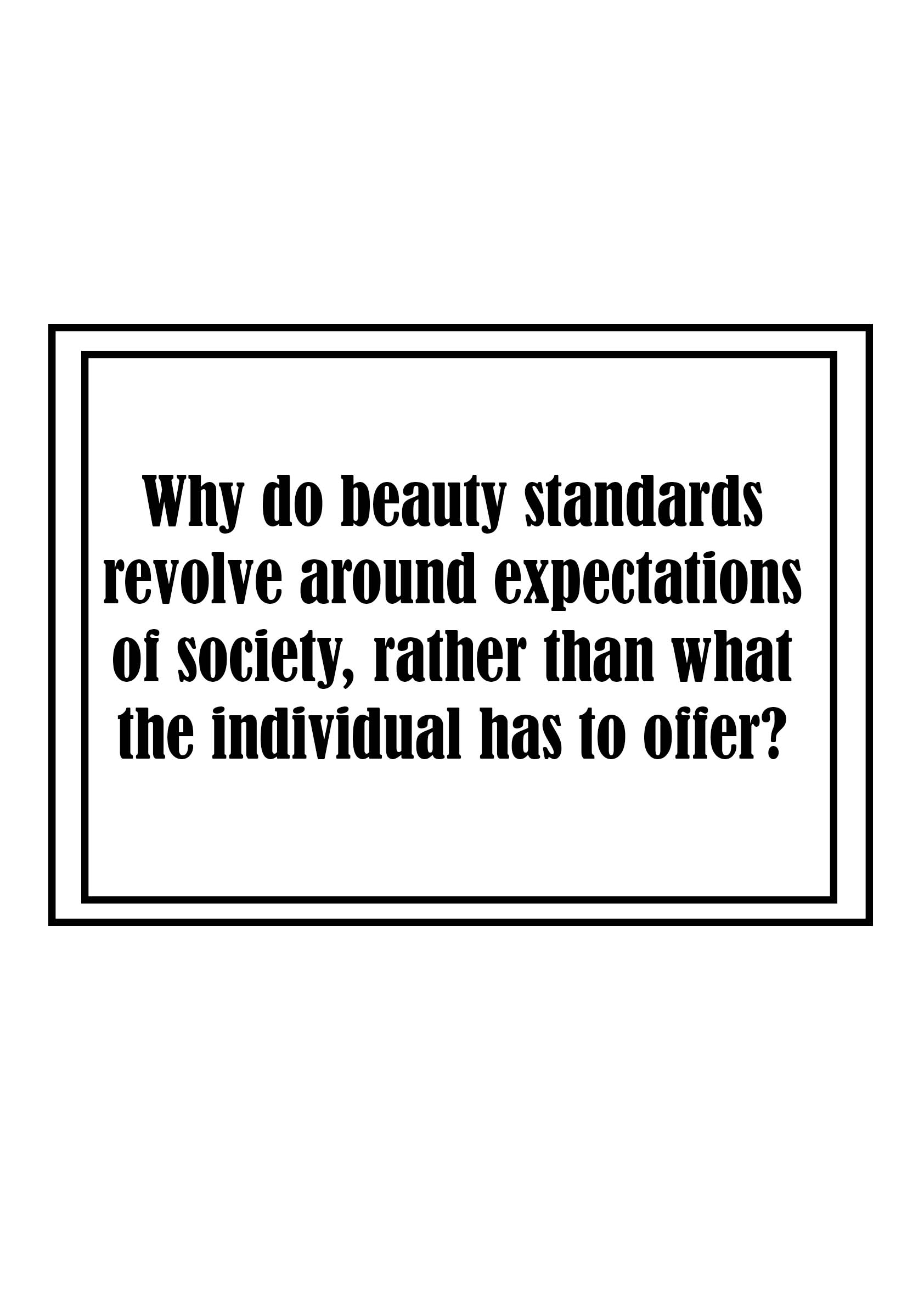
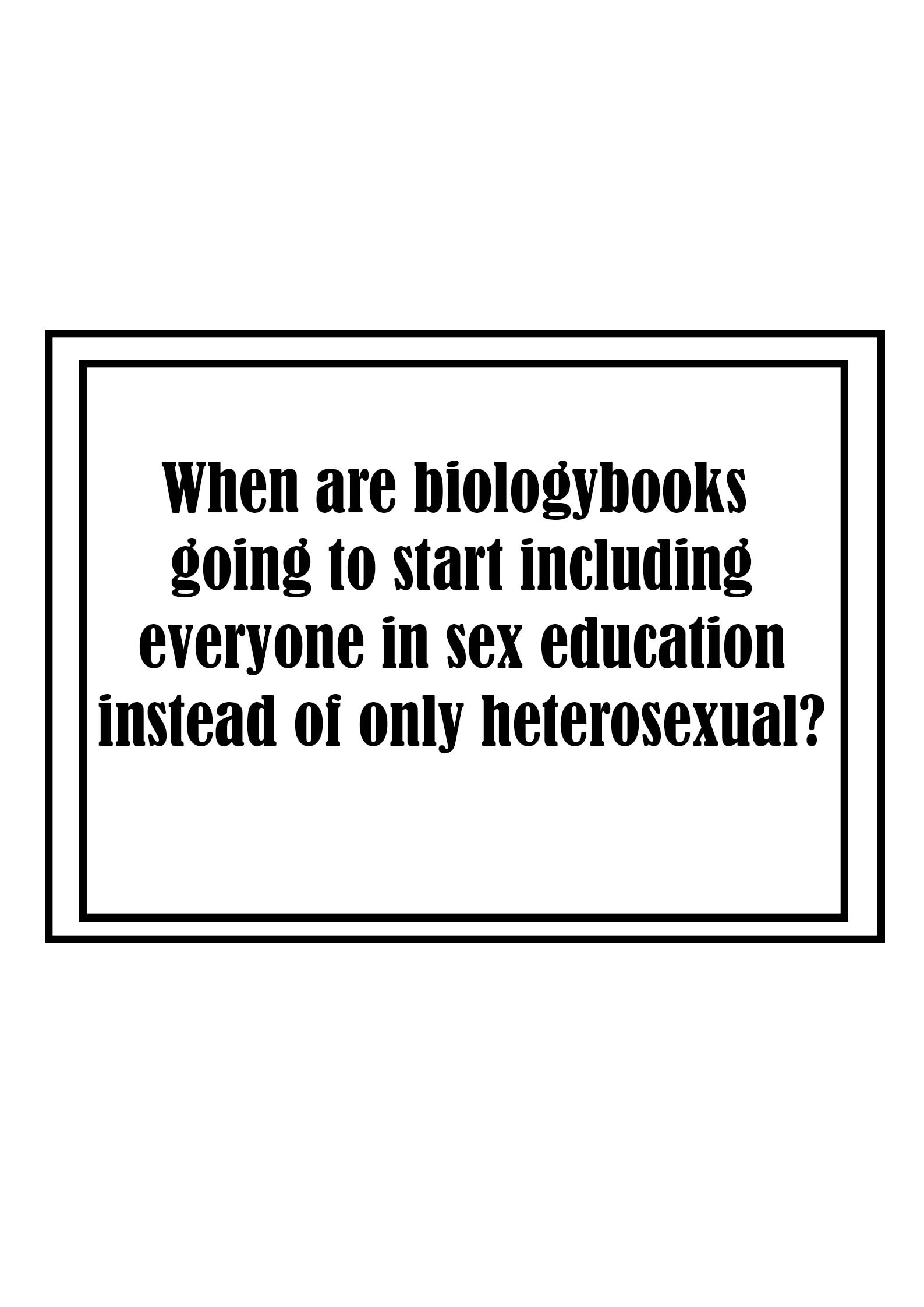
POSTER SERIE
POSTER SERIE
WHAT'S NEXT?
WHAT'S NEXT?
Creating statements was quite a task. After collecting resources, we had to determine as a group which statements best fit our interests and which sources we want to use grain.
As indicated, I used several sources that ultimately led to statements. As a group, it was important that everyone is involved in the statements and that everyone can participate in the discussion.
I used to play soccer every day, I couldn't live without it.
Reflection
Reflection
After we created statements, it was time to design posters and assemble the joint hotglue with all the resources. Robin and I started making posters. Shiroj and Pascal designed the hotglue and divided the resources per theme.
Here on the left are the two posters I made. I often find drawing very difficult and it takes a lot of effort, which is precisely why I decided to challenge myself. So I grabbed my illustrator and drew everything in the poster myself. I think that the posters turned out well and that they fit well with the statements and the themes that we want to discuss as a group.
Because our process was quite chaotic, we had to make everything in a short time. As a result, there was not as much possible as I had in mind. I am satisfied with what we finally achieved in a week, but I think I will have to go a bit further in the next period in order to achieve a final result that I can be really proud of.
Looking back over the past five weeks, I think I learned something important. When I started this minor I didn't know exactly what I wanted to get out of this, except that the topics really appealed to me. There were already many people around me who really knew what they would like to get out of this and what they want to look for. The assignment of week 39 taught me something new, namely that my story matters. The assignment in which I registered my bicycle tells a personal story about how I was raised by my parents and how this is reflected in my daily life. I discovered that the work I had created so far is personal, but not necessarily about stories of myself. As indicated, I would also like to delve more into my family history, because I have never really done this.
In the group project I also found out that we focused more on the whole as a group instead of telling our personal story. Seeing all the works during the mid-terms has made me think about what I actually want to make. Because we had limited time as a group, we decided to at least come up with a concept so that we could deliver a good presentation and have a plan for a follow-up. Still, I'm not quite sure what I would like to do in the future. I think I still have a lot to figure out about myself and that's why I might really want to make something that focuses on myself. In the group work I could also make it personal, so that is certainly an option. For me it is very important that I find out what I would like to find out and tell about myself. This is the most important thing I've learned about myself in the past five weeks.
Reflecting on the group process and my role, the collaboration was sometimes difficult, because we lacked someone who really took the lead. As a result, we actually postponed too long. My group mates also have an internship, which makes it almost impossible to get together with 4 of them at the same time in a week. That makes working together difficult and I find that very difficult. We also discussed this and in the last few days everyone has done their best to get to the end result. In the next period, it is important that we get off to a good start right away by making clear agreements, which everyone adheres to so that everyone is equally committed.